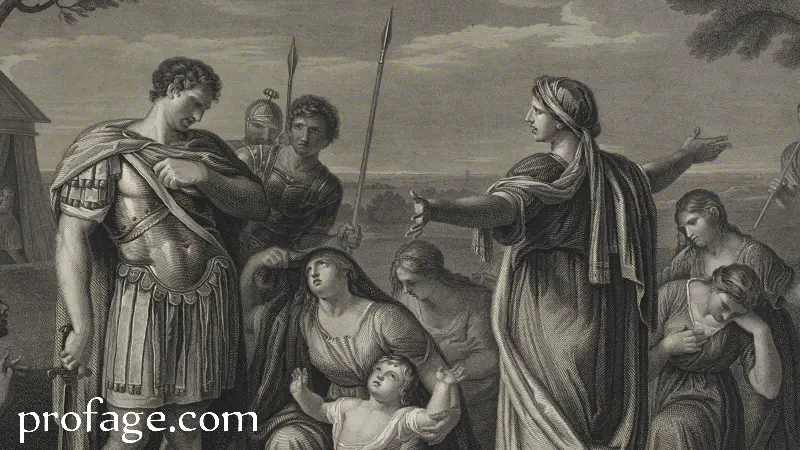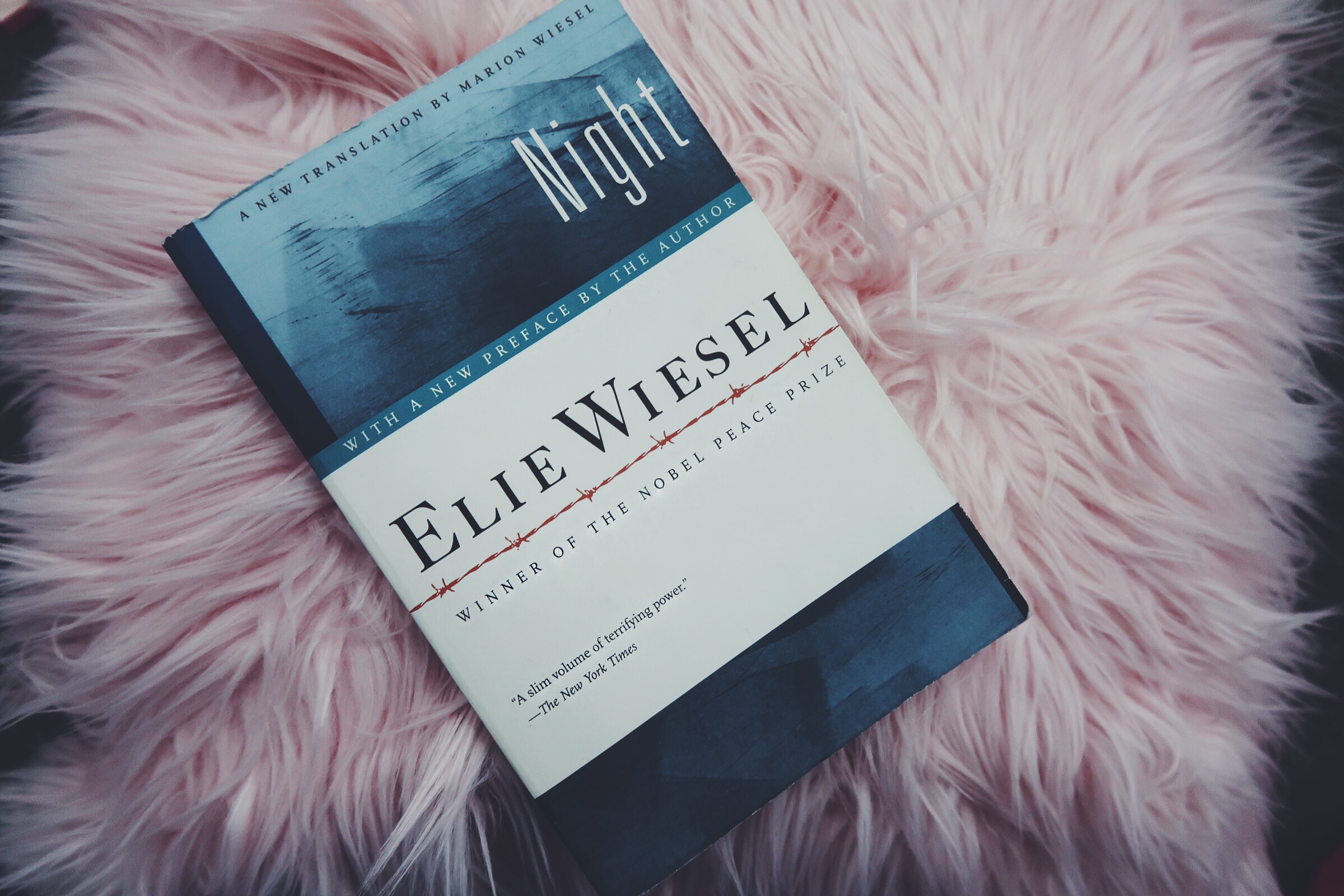In the course of their study, most literature enthusiasts will come across the term “neoclassical literature.” But what exactly is the foundation of neoclassical literature? Neoclassical literature is a literary movement that emerged in the 17th century and lasted until the end of the 18th century. It was heavily influenced by the classical art and literature of ancient Greece and Rome, and it emphasized reason, order, and rationality.
For a little more emphasis, the basic foundation of neoclassical literature is rooted in the artistic values of ancient Greece and Rome. The neoclassicists believed that the art and literature of these ancient cultures represented the highest achievements of human civilization, and they sought to emulate their style and themes in their own works. They believed that the purpose of literature was to instruct and educate, and they focused on themes like morality, virtue, order, and duty. They also emphasized the importance of reason and logic, and they avoided excess emotion and sentimentality in their writing, among others.
The Foundation of Neoclassical Literature
First, I would like us to dissect the term neoclassical; neo simply means new, while classical refers to the period of Greek and Roman classics. Bring both together and we would have an era that imitates the Greek and Roman way of writing to cause a drastic change to the preceding era. By way of introduction.
Neoclassical literature refers to a movement that began in the early 17th century and lasted until the mid-18th century. It was a reaction against the irrational, extravagant, and ornate style of the Renaissance and Baroque periods that preceded it. The Neoclassicists sought to bring back the order, simplicity, and rationality of ancient Greek and Roman art, which they felt was missing in their contemporary society— at the time.
By 17th until mid- 18th century, we mean to say that the reign of this era may be traced back to the period of 1660-1798.
Within which time the era can be seen in three ages or phases: the Restoration Age (1660-1700), the Augustan Age (1700-1750), and the Age of Sensibility/Johnson (1750-1798).
The neoclassical literature period that began sometime in 1660 came to a cessation in 1798 when Wordsworth and writers alike (say— Samuel Coleridge) initiated the emergence of the Romantic era. In fact, Wordsworth’s “Lyrical Ballads” is commonly regarded as the earliest work of the era.
Influence of Classical Works

The Neoclassical movement was significantly accuated by the works of classical writers such as Homer, Virgil, and Horace. These writers were admired for their clarity, simplicity, and adherence to strict rules of composition. The neoclassicists sought to imitate this style in their own works, with the belief that it would provide a solid foundation for literature and art.
Neoclassical literature was characterized by its emphasis on accuracy, reason, logic, and order. It rejected the emotionalism and subjectivity of the Baroque period, instead favoring a more objective and rational approach. Neoclassical writers believed that literature should be instructive and should convey moral lessons to the reader.
During the Enlightenment Era
The Neoclassical movement rose to prominence during the Enlightenment era, a period of intellectual and cultural growth categorized by its emphasis on reason, science, and progress. Neoclassical literature was seen as a reflection of the enlightenment’s values, as it proselytized reason and logic over sentimentality.
It was at this period that many neoclassical writers sought to use their works as a means of social and political commentary. They believed that literature could be a powerful tool for shaping society and promoting positive change. As a result, many neoclassical works dealt with themes such as justice, and the role of government in society.
In a nutshell, the foundation of neoclassical literature is simple and was heightened by a desire to return to the order and rationality of ancient Greek and Roman art. The movement was heavily influenced by classical writers and rose to prominence during the Enlightenment era, when reason and logic were highly valued.
Characteristics of Neoclassical Literature

What is unique about neoclassical literature? It is characterized by certain key features that set it apart from other literary movements. These features include an emphasis on reason and order, a focus on society and governance, and the use of imitation and satire. Let us take a closer look at each of these characteristics:
- Emphasis on Reason and Order
One of the characteristic features of neoclassical literature is its emphasis on reason and order. This is reflected in the style and structure of neoclassical works, which are often characterized by clarity, simplicity, and balance. Neoclassical writers aimed at creating works that were rational, logical, and free from excess or exaggeration.
- Acknowledges Human Limitations
Being rational makes room for understanding what we can and what we cannot do, quite bluntly. This era is also known to acknowledge and highlight the limitations of human power and knowledge through works that are often satirical or comical. It attempts to discuss human nature more than previous ages.
- Focus on Society
Another important characteristic of neoclassical literature is its focus on society. Neoclassical writers were interested in exploring the social and political issues of their time, and their works often reflect a concern for the welfare of society as a whole. This is reflected in the themes and subject matter of neoclassical works, which often deal with topics such as justice, morality, and the role of government in society.
- Cultural Significance
Neoclassical literature was culturally significant in several ways. It reflected the values and ideals of the Enlightenment, which emphasized reason, logic, and order. Neoclassical literature also reflected the political and social climate of the time, which was marked by stability and order.
Neoclassical literature had a significant impact on the visual arts and architecture. Neoclassical architecture, with its emphasis on symmetry, proportion, and simplicity, was popular in Europe and America during the late 18th and early 19th centuries. The neoclassical style was also popular in painting and sculpture, with artists such as Jacques-Louis David and Antonio Canova creating works that reflected the neoclassical emphasis on order and structure.
- Imitates Greek and Roman styles
Also important to us at this point is the fact that the literature at this era was inspired by the writing styles and themes put in place by the Roman and Greek writers.
- Imitation and Satire
Finally, neoclassical literature is characterized by its use of imitation and satire. Neoclassical writers were heavily influenced by the works of classical authors such as Homer, Virgil, and Horace, and they often sought to imitate their style and subject matter. At the same time, neoclassical writers were not afraid to use satire to criticize the shortcomings of society and government. This is reflected in works such as Jonathan Swift’s “A Modest Proposal,” which satirizes the British government’s response to the Irish famine.
To sum up, neoclassical literature is characterized by its emphasis on reason and order, its focus on society, accuracy, and structure, and its use of imitation and satire. It also considers the Greek and Roman literary works as ideal. These characteristics make neoclassical literature a unique and important movement in the history of literature.
Neoclassical literature Major Authors and Works
Neoclassical literature was marked by the works of several notable authors who sought to revive the classical ideals of order, balance, and rationality. This section will highlight the major works and contributions of three of the most prominent neoclassical writers: Jonathan Swift, Alexander Pope, and Samuel Johnson.
- Jonathan Swift
Jonathan Swift (1667-1745) was an Irish writer and satirist who is best known for his novel “Gulliver’s Travels.” Like Pope, Swift was a master of satire and used his works to criticize the social and political issues of his time.

In addition to “Gulliver’s Travels,” Swift wrote several other notable works, including “A Modest Proposal,” a satirical essay that suggests the Irish could solve their poverty problem by selling their children as food for the wealthy. Swift’s works were often controversial, but they helped to establish him as one of the most important neoclassical writers of his time.
- Alexander Pope
Alexander Pope (1688-1744) was an English poet, satirist, and translator widely regarded as one of the greatest writers of the neoclassical era. His works often tackled social and political issues, and he was known for his sharp wit and use of heroic couplets.
Pope’s most famous works include “The Rape of the Lock,” a mock-epic poem that satirizes the frivolous social customs of the upper class, and “An Essay on Criticism,” which outlines his views on literary criticism and the importance of following classical models. He also translated Homer’s “Iliad” and “Odyssey” into English, earning him considerable acclaim and establishing him as a leading figure in the neoclassical movement.
Read Also: Who was the first gothic poet?
- Samuel Johnson
Samuel Johnson (1709-1784) was an English writer, critic, and lexicographer who is best known for his “Dictionary of the English Language.” Johnson was a prolific writer who produced works in a variety of genres, including poetry, essays, and literary criticism.
Johnson’s most famous works include “The Vanity of Human Wishes,” a poem that reflects on the futility of human desires, and “Rasselas,” a philosophical novel that explores the meaning of life. Johnson was also a leading figure in the literary circles of his time, and his contributions to neoclassical literature helped to shape the movement and establish its enduring legacy.
Frequently Asked Questions
Now that we have seen the basic foundation of neoclassical literature, let us examine some other frequently asked questions by our target audience.
Is Renaissance the same as Neoclassical?
No, renaissance is not the same as neoclassical. Both terms: renaissance and neoclassical are though literary movements, they came around at different points in time and had distinctive features.
As for Renaissance: Also known as the Elizabethan period, renaissance was the early modern period literature marked by the reign of Queen Elizabeth (1558-1603) the first.
It was the period where writers like William Shakespeare and Edmund Spencer demonstrated greater diversities in their works.
Neoclassical Literature Age on the other hand: Emerged during the neoclassical period as earlier discussed. Being a return to classical values and models, the movement was influenced by the ideals of reason, restraint, and order.
How Does Neoclassical literature Affect Later Literary Movements?
Neoclassical literature had a significant influence on later literary movements such as the Romantic movement (which came immediately after it). The Romantic poets, including William Wordsworth and Samuel Taylor Coleridge, were inspired by the neoclassical emphasis on reason, accuracy, order, and structure. Notwithstanding, they rejected the neoclassical emphasis on restraint and instead embraced emotion and individualism.
The neoclassical emphasis on reason and logic also affected the development of the detective and mystery genres. Writers such as Edgar Allan Poe and Sir Arthur Conan Doyle used deductive reasoning and logic to solve mysteries, a technique that was influenced by neoclassicalists.
So, succeeding periods were more of a modification of the movement.
To wrap up, neoclassical literature had a significant impact on later literary movements. Its emphasis on structure, reason, logic, and order influenced the development of the detective and mystery genres and the Romantic movement.
Share


